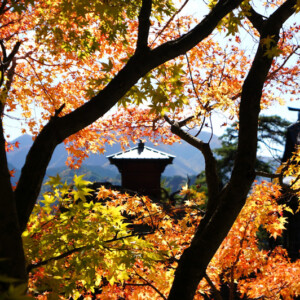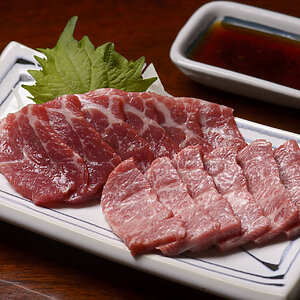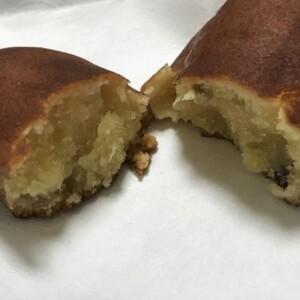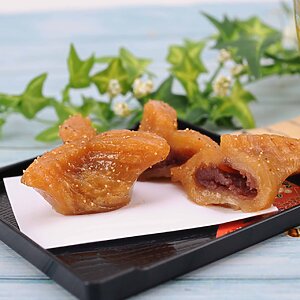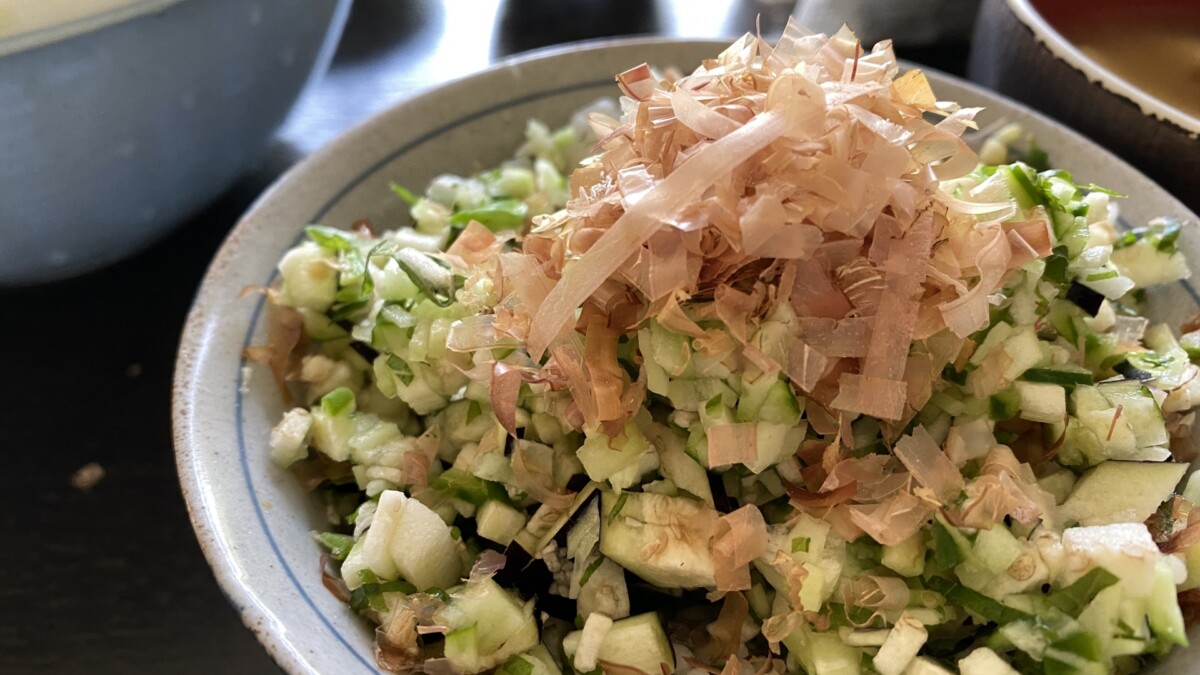
Yamagata's dashi is a versatile, easy-to-use local dish that goes well with anything! [Yamagata Prefecture]
table of contents
It is no exaggeration to say that Yamagata's classic summer dish, ``Dashi'', .
I also love it and eat it 2-3 times a summer! However, when I thought about it again, the ``finely chopped vegetable salad'' and what kind of vegetables were actually in it? I didn't know the details...
So, what is "dashi" this time? I looked into it in detail!
What is “dashi”?
a ``local summer dish where you can easily eat raw vegetables'' that has become popular mainly in the Murayama region of Yamagata Prefecture, where the summer heat is hot and humid .
It is a dish made by chopping and mixing water-rich summer vegetables and flavorful vegetables such as green perilla and Japanese ginger, and seasoning with soy sauce, and is popular as a quick dish during the busy farming season, when people lose their appetite due to the heat. is.
it's said that each family has their own recipe, and there are as many flavors as there are families Eggplant, cucumber, green perilla, and Japanese ginger are common, but you can also mix in things like yam or okra to make it stickier, or use mentsuyu or dashi soy sauce instead of soy sauce. To do.
The soup stock, which is a standard ingredient, is light and delicious, but I personally love the sticky soup stock that contains okra, which is even more flavorful!
Origin of the name “Dashi”
The origin of the name “Dashi”
- ``Dashi'' is a type of soup stock because it enhances other ingredients like soup stock.
- Dashi is made by cutting vegetables into small pieces with a knife
- Dashi is a soup stock that can be prepared quickly and easily by simply chopping vegetables and seasoning.
There seem to be various theories.
How to make dashi
It's surprisingly easy to make.
material
- Summer vegetables such as cucumbers and eggplants (others include onions, okra, yams, etc.)
- Flavorful vegetables such as green perilla and ginger (others include green onions, ginger, green chili peppers, etc.)
- Others (natto, mekabu, shredded kelp, etc.)
- Seasonings (soy sauce, mentsuyu, dashi soy sauce, etc.)
Since there are so many different arrangements, the ingredients are not clearly decided. If you think, ``Maybe it would be delicious if I mixed this together?'', don't hesitate to give it a try!
How to make
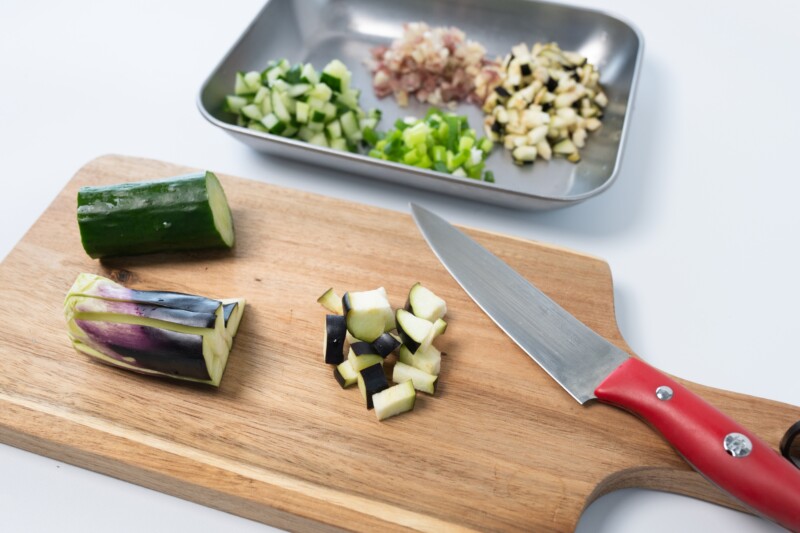
1. Roughly chop all the prepared vegetables.
2. If you are concerned about the scum, soak it in water to remove the scum, then drain the water.
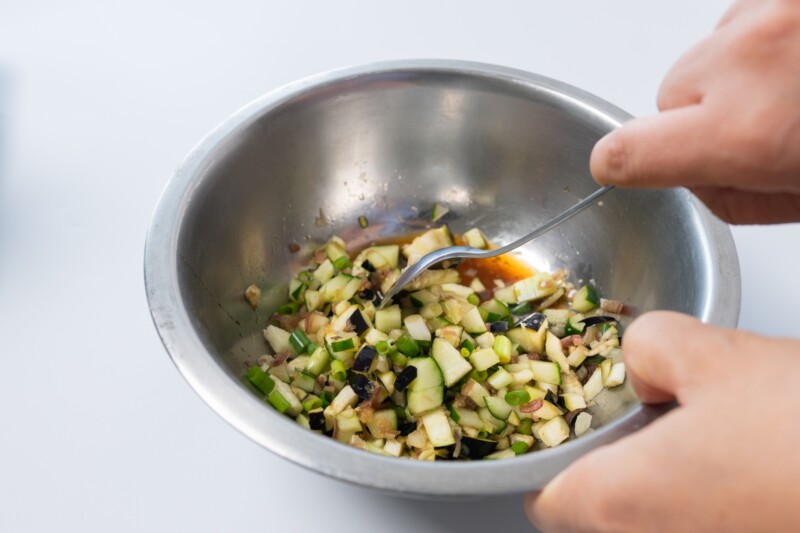
3. Mix everything and adjust the taste with a small amount of water, soy sauce, mentsuyu, etc.
4. Serve in a bowl and complete!
If you make a large quantity and store it, the approximate shelf life 3 days if refrigerated .
How to eat dashi
Since this is a local cuisine that is extremely flexible, there are no particular rules for how to eat it. In my hometown of Yamagata Prefecture, it seems to be common for the food to be served on a large plate and everyone is free to eat as they please.
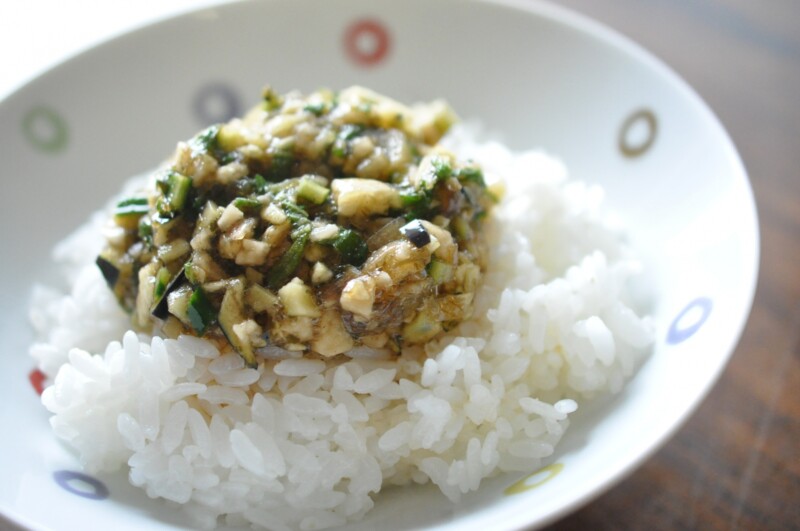
However, it is best to eat it on a teppanyaki plate with rice. Tastes as good as you can imagine.
By the way, in Yamagata, rice is sometimes poured with water to make ``mizukake gohan'' and eaten with soup stock. It might be good for the hot summer!

Next is cold tofu soup. The combination of simple tofu and the complex flavors of vegetables is the best. A recommended dish to accompany an evening drink.
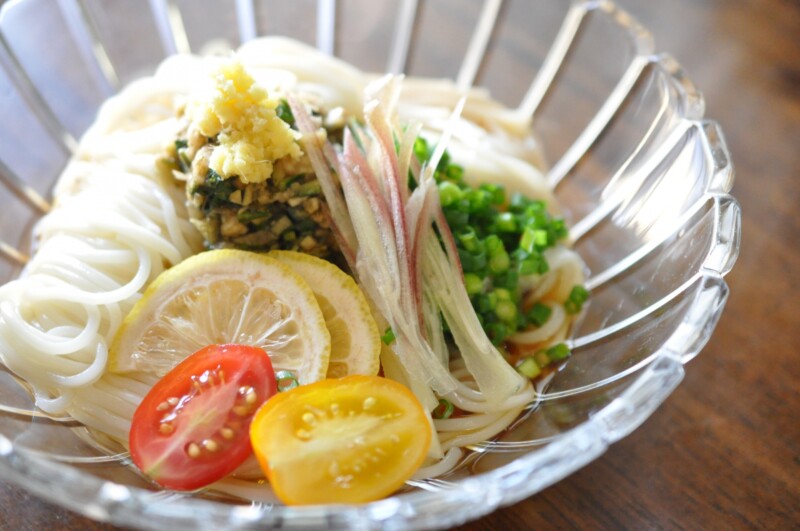
It also tastes good with noodles. It's also delicious on somen noodles or hiyamugi, or mixed into the soup for zaru soba as a condiment.
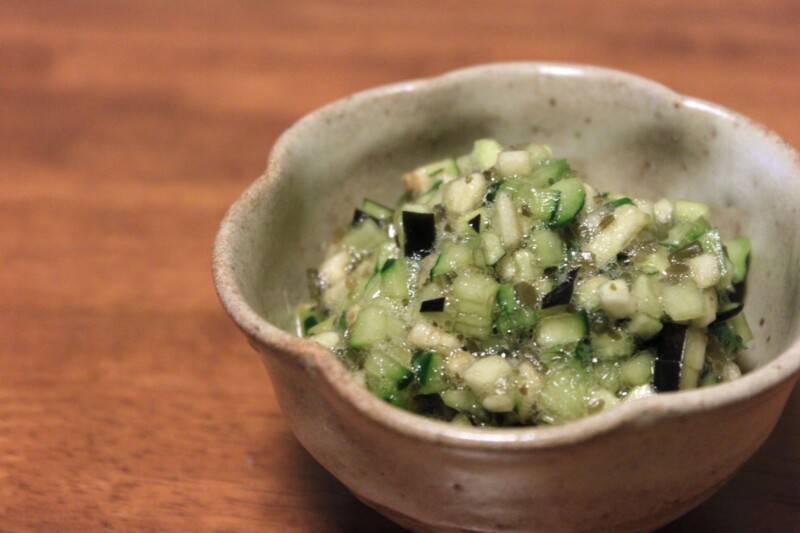
Of course, it's delicious to eat as is!
In addition to this, it seems to be steadily making inroads into the world of Western food, such as ``dashi pasta,'' ``dashi pizza,'' and carpaccio topped with ``dashi.''
summary
This was an introduction to Yamagata's local summer dish, ``Dashi''.
I was curious and looked into it in detail... and the result was "finely chopped vegetables" It was just as I expected, but I was able to find out the various arrangements and the true nature of the vegetables in it, so I was happy with the result.
I found out that the recipe is quite easy, so I'm going to try my own version of the recipe this summer!



![[Yamagata Prefecture] Is Yamagata the secret to surviving the hot summer? Let's take a closer look at Yamagata's "chilled culture". 23_Hanagasa Festival 3](https://jp.neft.asia/wp-content/uploads/2023/07/35bf4f3f7182c2e832a245af07157eb3-150x150.jpg)
![This is the finale after drinking! Introducing all the classic final gourmet foods from the six Tohoku prefectures [Tohoku prefectures] 2647405_m](https://jp.neft.asia/wp-content/uploads/2025/05/2647405_m-150x150.jpg)
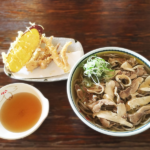
!["Mogami safflower" certified as a Japanese heritage and Japanese agricultural heritage [Yamagata Prefecture] Mogami safflower](https://jp.neft.asia/wp-content/uploads/2022/12/30121446_m-1-150x150.jpg)

![[Tsuruoka City, Yamagata Prefecture] Tsuruoka's food culture has been passed down for hundreds of years 1470_Zenpoji Temple](https://jp.neft.asia/wp-content/uploads/2023/04/2d6b75e2500adfb8f7b8e6c68a2f7a03-150x150.jpg)
![[Yonezawa City, Yamagata Prefecture] Visit a hot spring connected to the Uesugi family of the Yonezawa Domain 1530_Onogawa Onsen Foot bath](https://jp.neft.asia/wp-content/uploads/2023/05/4ed5d5851f7d92ca3b0ebed3220d6418-150x150.jpg)
![[Yamagata Prefecture] Walking through Tokamachi and Nanokamachi in Yamagata City, where the scent of the Edo period remains Yamagata city from Kasumi Castle Central Observation Room](https://jp.neft.asia/wp-content/uploads/2023/09/26303875_m-150x150.jpg)

